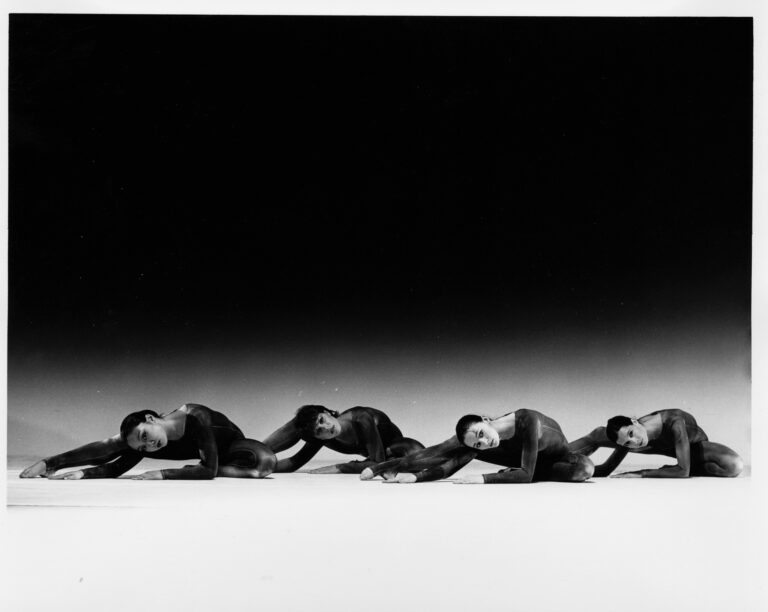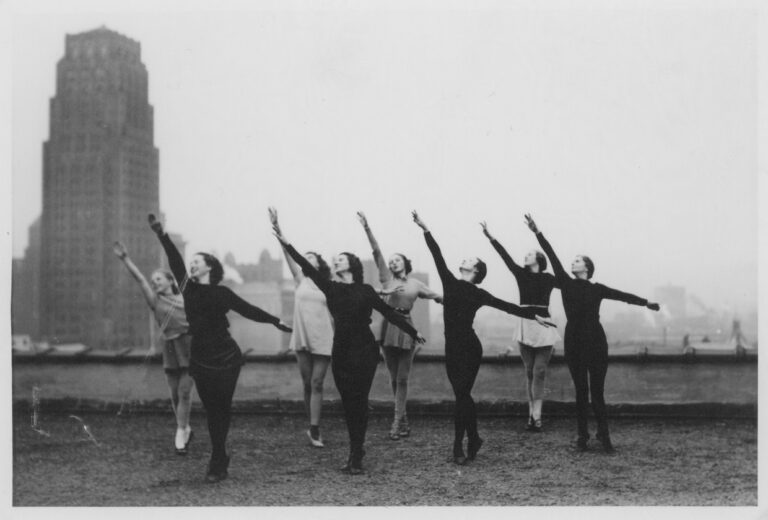Deep Dive into Copyright, Part 2.
In Deep Dive into Copyright, Part 1 we looked at the issues and concerns that we have around copyright. One of the areas we covered was identification of the potential harms that we fear could occur if we get copyright wrong. These are:
- We do something wrong and get thrown in jail
- Don’t want to do anything illegal
- Don’t want to undermine or lose the trust of the community.
- Responsibility to history and truthfulness
- Cultural appropriation
- Potential misuse of the collection
- Profiteering without permission
- Reputational
- Humiliation of people in the community
These fears are common when considering copyright. Let’s have a look at how we can put some of those fears to rest …
Best Practice for Copyright
- Clear rights on acquisition
- Seek permission from lenders/rights owners
- Resolve rights upon service contraction
- Deed of assignment from volunteers
- Licences for content use
- Retrospective rights clearance
- Management of orphan works
Check out:
Orphan Works: Reasonable Search
Layers of complexity and copyright
With some items it’s easy to know who the copyright owner is, e.g. photographs BUT some items have complex/layered rights, such as an album with newcuttings, letters, photographs – each one may have a separate copyright owner
Exceptions to copyright
Allows for the use of copyright material without seeking permission from the copyright owner.
Exceptions to copyright in the UK are:
- Non commercial research and private study
- Criticism, review and quotation
- Current news reporting
- Text and data mining
- Illustration for instruction purposes
- Parody, caricature and pastiche
- Dedicated terminals, i.e. in a museum exhibition
- Preservation or replacement
- Access for disabled users
- Incidental inclusion
- Freedom of panorama
Check out:
Fair use exceptions to copyright
Exceptions to copyright factsheet
Using exceptions to copyright to support your digital activities
Procedures for developing resources and collections online
- Understand the complexity/layered rights
- Rights and privacy by design – make sure all items coming into the collection have rights clearance from the start
- Develop a rights clearance policy for new accessions
- Develop a risk management process
Check out:
Copyright Rights Clearance Checklist
Risk Management
To counter any complaints a robust Risk Management Process is needed. This consists of:
- A notice and take down procedure is published on the website re. what someone should do if they have a complaint re. infringement of their copyright – this should include who to contact, how to contact and what the internal procedure is once a complaint has been made
- Insurance
- Staff training and awareness of take down procedure
By following best practice and by applying risk management you can lay your fears of potential harms to rest.





